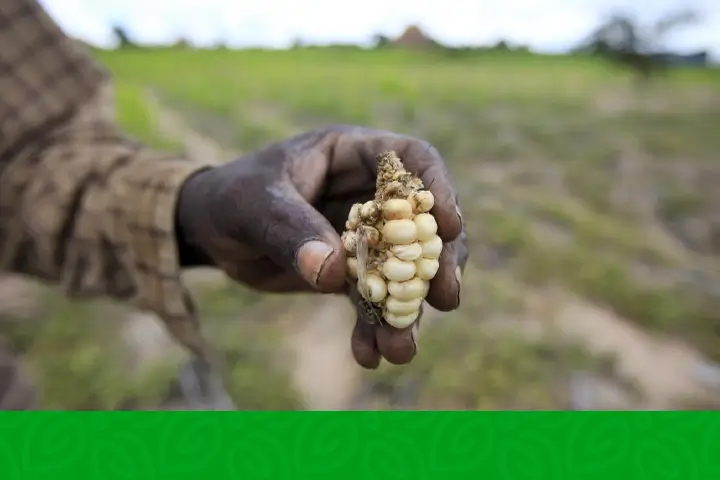
In the heartlands of Kenya, where maize is not just a crop but a lifeline, a looming threat hovers in the horizon – El Niño. As the country anticipates the peak of maize harvest in October, the meteorological forecast carries dire warnings. El Niño’s rains, while promising relief to some regions, may unleash chaos for maize farmers, potentially compromising the drying process and paving the way for aflatoxin contamination. In this article, we explore the implications of El Niño on maize drying and the urgent need for solutions.
El Niño’s Wrath on Maize Drying
The Kenya Meteorological department’s director, Dr. David Gikungu, paints a concerning picture. El Niño conditions are expected to persist throughout the October-November-December (OND) season, coinciding with the peak maize harvest. During this period, most parts of the country will witness enhanced rainfall, some regions receiving above-average precipitation, while others will enjoy well-distributed rains. It’s a delicate balance, and one that could spell disaster for maize farmers.
Aflatoxin: The Silent Threat
Experts raise a red flag: inadequate drying of maize can lead to aflatoxin contamination. This deadly toxin poses severe health risks and economic losses. As maize is harvested amid heavy rainfall, the rush to prevent water damage might lead to incomplete drying, creating fertile ground for aflatoxin to thrive.
Government Steps In
Recognizing the impending crisis, Agriculture CS Mithika Linturi announced a ray of hope. The government has acquired 100 mobile dryers, a lifeline for farmers racing against time. These dryers will not only reduce post-harvest losses but also ensure that maize is adequately dried and stored, preserving both quality and income. It’s a significant development, addressing a long-standing challenge faced by farmers.
Mixed Blessings: East vs. West
Eliud Kireger, director general of the Kenya Agricultural and Livestock Research Organisation, highlights the disparity. While El Niño’s rains may prove a blessing for farmers in the Eastern and Central regions, it’s a disaster waiting to happen for those in the Western regions, set to harvest maize from October onwards. The pressure to harvest prematurely due to excessive rainfall is a recipe for aflatoxin contamination.
The Call for Support
Kireger urges both national and county governments to step up and support farmers with driers to mitigate post-harvest losses. The Ministry of Agriculture’s optimistic projection of a bumper harvest between 35 million to 40 million 90kg bags hangs in the balance. Without adequate drying facilities, the heavy rains threaten to disrupt the process, potentially leading to the loss of a valuable food source.
The Storage Challenge
Storage compounds the issue. Most farmers lack proper storage facilities and are forced to dry their maize in open spaces. With the rain hindering this crucial step, the risk of aflatoxin contamination intensifies. Maize needs to be dried to a moisture content of 13% to prevent rot and aflatoxin growth, a task made increasingly challenging by the unrelenting downpours.
In conclusion, as El Niño casts its shadow over Kenya’s maize harvest, the need for urgent action is undeniable. With the right support, including the use of mobile dryers and improved storage solutions, the country can safeguard its agricultural wealth, prevent aflatoxin contamination, and ensure food security for its people. Time is of the essence, and the response must be swift to protect both farmers and consumers from this looming threat.
Stay updated with the latest farming tips and agriculture industry news from Africa by subscribing to our newsletter. Don’t miss out on valuable insights and updates. Follow us on Twitter, LinkedIn, and Facebook to join our farming community and stay connected with us.



















